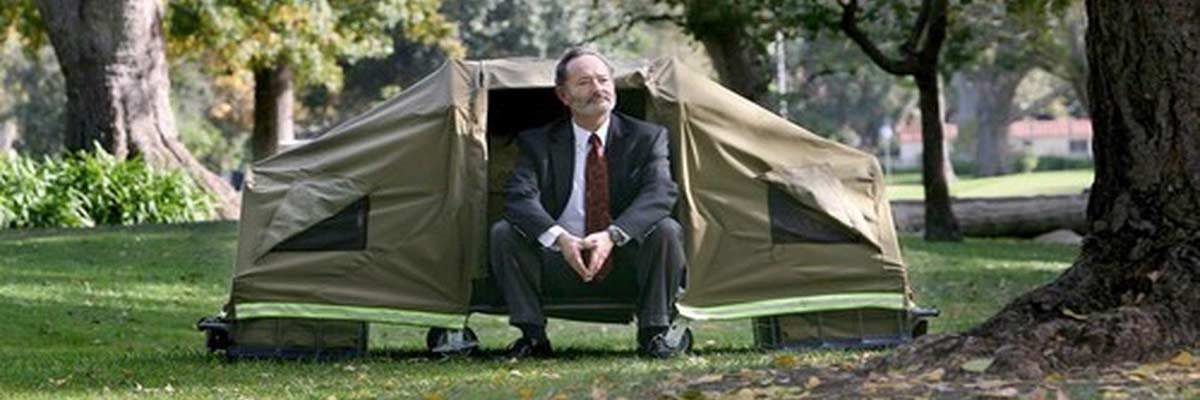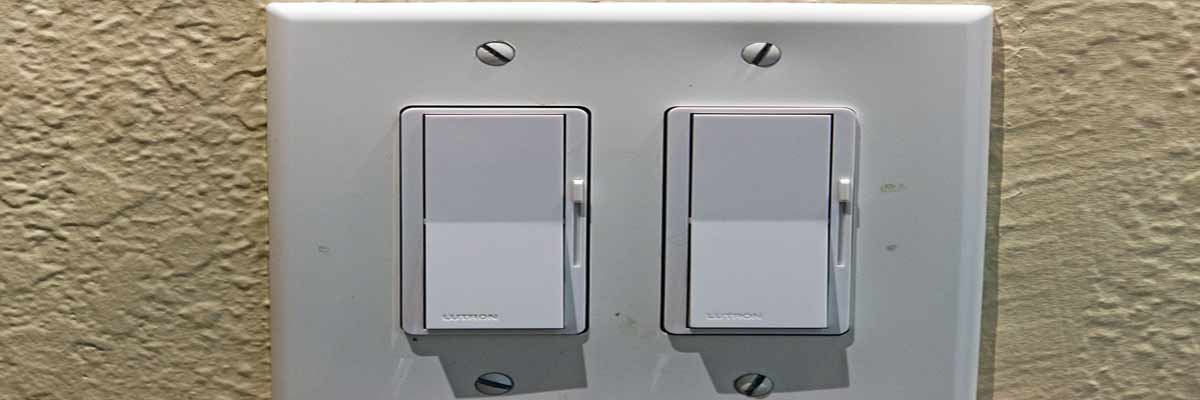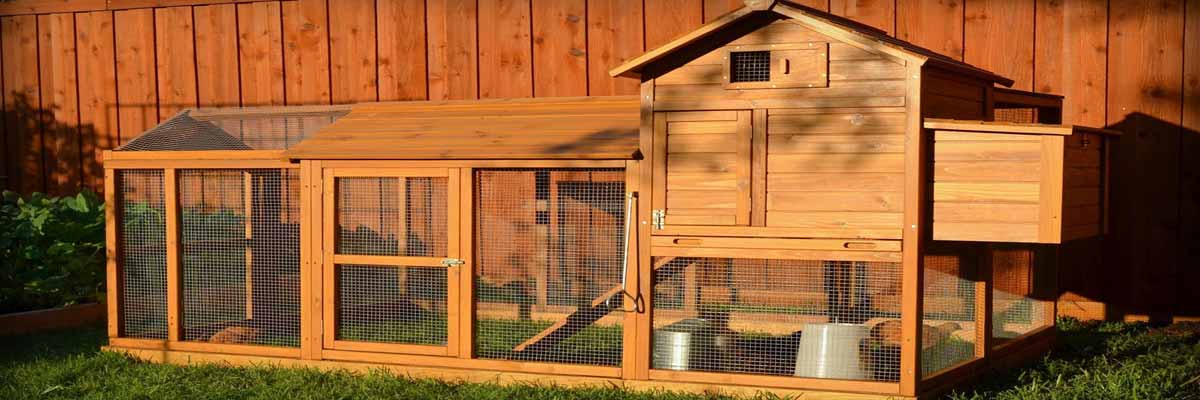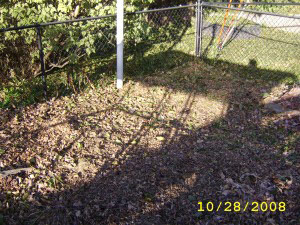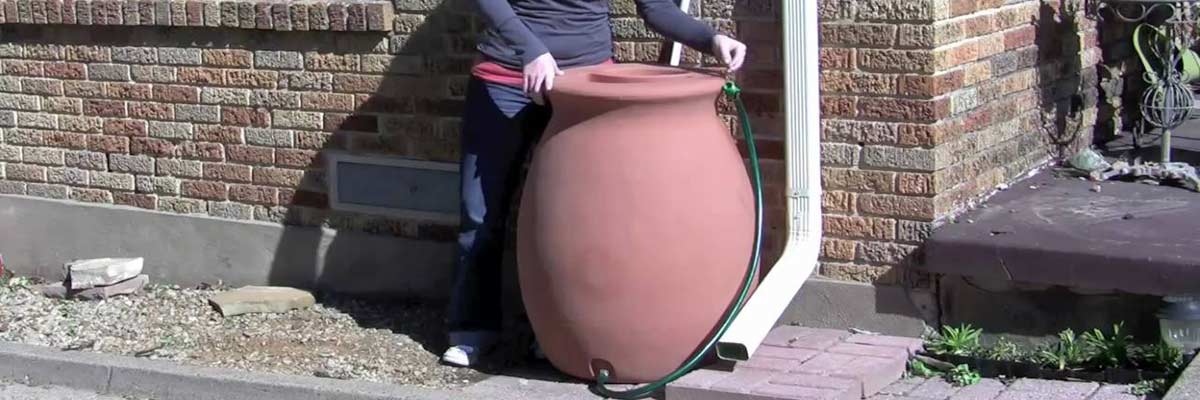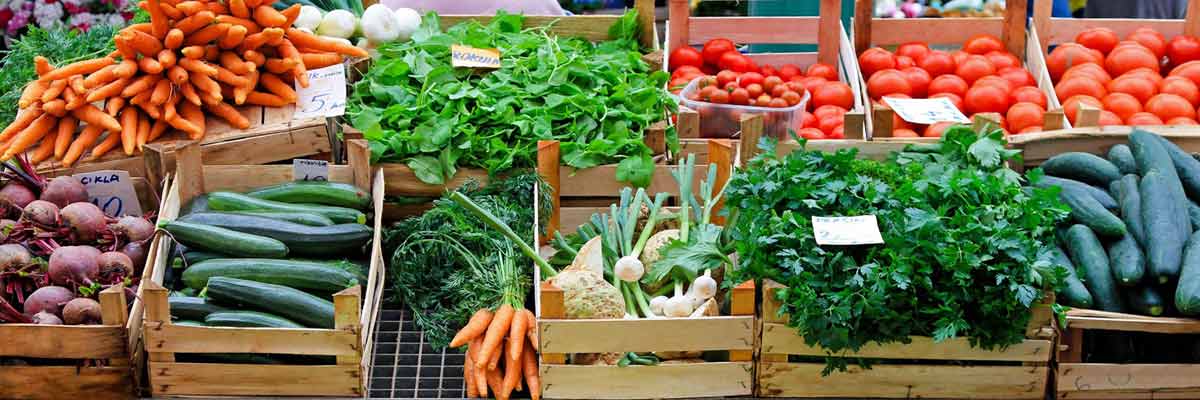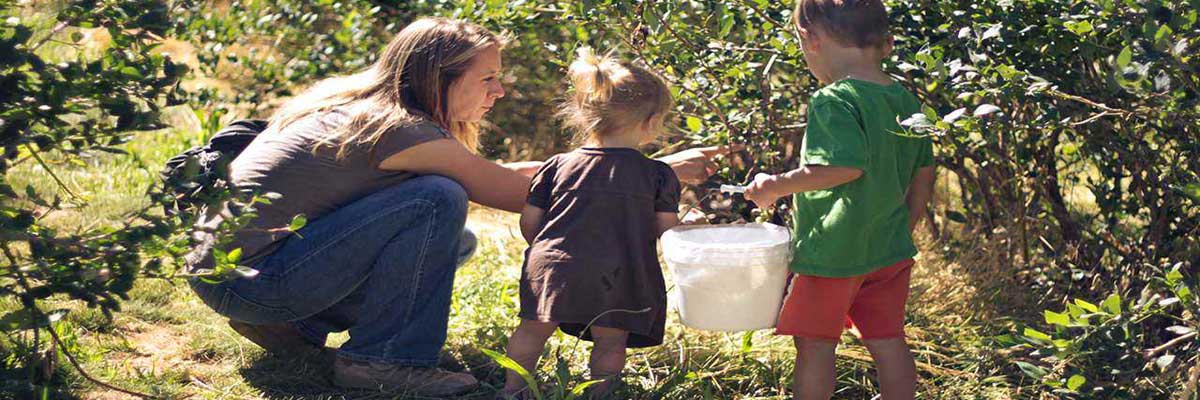Meraki Finally Releases Solar Powered Repeaters
Back in Summer 2007, I gushed over wireless hardware provider Meraki and their announcement of a solar-powered repeater. There are several scenarios — from college campuses to farms — where expanding wireless coverage is limited based on access to electrical outlets. Unfortunately, Meraki’s product wasn’t quite ready for prime time and I was left wondering if it would ever see the light of day.
Well, never underestimate a company partially backed by Google. Their new solar-powered repeaters are now for sale and look more robust and ready for Mother Nature than ever before. From the site,
“Each unit is completely self-contained and ready to mount on roofs, poles, or anywhere else the sun shines. The Solar is completely energy independent and runs on its own state-of-the-art solar-charged battery.”
EDAR (Everyone Deserves A Roof)
EDAR (Everyone Deserves A Roof) is a 501(c)(3) charity that provides unique mobile shelters to those living on the streets all around us. Each EDAR is a four-wheeled mobile unit which carries belongings and facilitates recycling during the day and which unfolds into a special, framed tent-like sleeping enclosure with a bed at night.
In the Wake of the End of the Auto
With enough abandoned lots to fill the city of San Francisco, Motown is 138 square miles divided between expanses of decay and emptiness and tracts of still-functioning communities and commercial areas. Close to six barren acres of an estimated 17,000 have already been turned into 500 “mini- farms,” demonstrating the lengths to which planners will go to make land productive.
I have a question. How much bailout money will the gardeners and farmers of urban Detroit receive? As it turns out I have more than one question. When will this country recognize that we must make a fundamental shift in our way of life to continue as a society. When will we face facts and realize that throwing good money after bad is stupid? Consumers are turning back into citizens. It’s becoming harder to make them buy stuff they don’t really need. This is a good thing in the long run but in the short run it will derail our consumer-based growth economy. The big question we should be asking ourselves is how much longer are we going to continue wasting our wealth on a failed reality and when will we wake up? It’s time for real, fundamental change; whether we like it or not.
Book Reviews of Growing and Using Stevia and Stevia Sweet Recipes
I had a chance to look through two books focused on Stevia, one about growing the plant and another about using the plant to replace sugar when you are cooking. I found them to be quite interesting. While I can’t follow along with everything in the books, I can follow along with the idea that we should grow and harvest our own sweeteners, if we can. Honey, molasses, sorghum would be three good options. Planting these is a great option.
Stevia can be added to the list of plants that can be grown in your backyard and used as a sweetener. These two books will show you how. If you live in the southern part of our country this plant is one that you should be able to leave outside. If you live in the northern part you could put in a planter or two and carry them back and forth. Either way, it wouldn’t be too hard to grow some of this for yourself and remove your dependence on cane sugar. You could even go so far as to add local honey and maple syrup and have all your sweeteners be local.
If this sounds interesting to you I would check out these two books. One will give you information on growing it and the other is full of recipes. Good stuff.
1,000 dollars and an Idea-A Book Review
I enjoyed reading this book quite a bit, but I can’t say it has a whole lot of “green-ness” to it, other than the subject and author realizing he needed to change his life, making those changes, and following them up with actual cash investments. I have a business background, and I’ve read a lot of business books. Some good, some bad. This book from a business standpoint certainly has merit and has useful information and tips. I love reading about past successes and what made that person successful. Using these same traits would make you successful whatever you decide to do.
The website has a snippet which gives a great summation of this book, which is one that is hard to pin down to one subject.
Continental Airlines to Test Bio-Fuels
Continental Airlines will test a Boeing 737-800 fueled partially by biofuel on Janurary 7th. This test flight will be powered with a mix of traditional jet fuel and a biofuel made from algae and jatropha plants. This will be the first biofuel-powered demonstration flight of a U.S. commercial airliner.
Not sure what jatropha is? Check out Michael’s post on jatropha here.
Building a Sustainable Local Food Economy in North Carolina
The Center for Environmental Farming Systems in North Carolina is pleased to announce that it has been funded to reach out across the state and together with our partners ask: What will it take to build a sustainable local food economy in North Carolina?
From the mountains to the coast, various organizations are promoting and implementing exciting initiatives to support our state and communities through sustainable local agriculture. Examples include new farmer’s markets, local food policy councils, comprehensive county- or region-based food initiatives, farm incubator programs, farm and/or garden youth education programs, health and nutrition projects focused on local sustainable foods, procurement initiatives by large retail and institutional buyers and schools, and much more.
If each North Carolinian spent 25 cents/day on local food (just 2.5 percent of the $3600.00 that we spend on average on food consumption per year), it would mean $792 million for the state’s economy. That money circulates here in the state so has a multiplier effect, rather than going to a corporate headquarters in another state.
Vampire Killer: Good for You Good for the Planet
Vampire power is a big problem, even though you hit power off on that remote it doesn’t mean your television isn’t still sucking energy from the grid. Electronic appliances in standby mode can add up to 10% of your electric bill.
Good for You, Good for the Planet, a company based in Madrid, Spain, has developed a product to bring an end to the wasted electricity of standby mode. When the user desires to power the system up again it will power it up again without having to send the appliance through its start-up sequence again.
NH Hoteles SA of Spain has been testing a prototype of Mr. García’s gadget at some of the chain’s 350 hotels in 22 countries. It hopes to install the device in its 50,000 rooms as part of a drive to cut energy use by 20% by 2012.
“We’re very interested in this product and are seeing how we can implement it in the short or medium term,” says Luis Ortega, the chain’s director of environment and engineering. “That small saving, multiplied by 24 hours, 365 days a year, makes quite a big difference — especially when you’re talking about 50,000 television sets.”
Until technology like this becomes mainstream, you can kill vampire power in your home or office simply by unplugging or switching off your plug-strips.
A Review of the Garbage Warrior Documentary
I had a chance recently to review a DVD called Garbage Warrior (trailer above) which is about the gentleman who started the Earthship movement and some of the trials and tribulations he experienced while building his houses. It focuses too on his ideas and techniques for using trash materials (aluminum cans, plastic and glass bottles) to create low cost energy efficient housing.
The houses he builds are amazing. They are off the grid houses which are passive solar heated and have greenhouses for food production in them. They deal with their own sewage and they collect water from the roofs to use in the house. They essentially are a one stop house that can be built and then it will live on forever on it’s own devices. They stated on the DVD that with the passive solar design and the thermal mass they are able to keep the house comfortable in the winter with temperatures of 30 below zero. It’s amazing.
Sustainability: Your Business’s Best Defense Against Recession
This is a guest post by Kevin Wilhelm. Kevin is the Chair of the Seattle Chamber’s Sustainability Committee, an Advisory Board Member to the Center for Sustainable Business, and is an adjunct faculty at Antioch University-Seattle where he teaches Sustainable Business Finance. He is a former advisor to both the Corporate Climate Protection Agreement and the Executive Service Corps of Washington. You can learn more at Sustainable Business Consulting.
In these uncertain economic times, companies often gravitate towards budget cuts and to scale back sustainability or “green” programs because of the notion that they take away from the bottom-line.
In reality, this thinking is the exact opposite of what business leaders need to do. Sustainability may actually be the best defense against market volatility during uncertain economic times.
zBoards Give New Meaning To Sustainable Modular Furniture
There’s something to be said for the creative pursuit of modular home furniture. Nobody likes being “boxed” in when it comes to accessorizing — and surfing the web or burning fuel to find something that fits just right is more often than not a giant pain in the ass.
That’s why it was refreshing to come across Way Basic’s zBoards this morning. Not only are they made from 99% recycled materials (and recyclable) but they also require no tools to put together — just stick and build. From the website,
Raising Urban Chickens Part 2a-Building a Coop
While I won’t portend to be quite as well spoken as Wendy from the previous article, I will attempt in this edition to display my chicken coop and enclosure as well as discuss some aspects of it for your information.
Another Homeowners Association Slams Attempt To Go Solar
Homeowners Associations have got to be one of the more inane aspects of American society. A friend of mine moved into a neighborhood with one, completely unprepared for the mess she was getting into. Now, no toys can be left outside, all cars must be kept in the garage at all times, the grass must be a certain height and color, and every change to the home must first be approved by a “board”. It’s both a hilarious and sad way that some choose to live — all for the sake of homogeneity in aesthetics.
In March of 2007, we reported on an incident where the town of Scarsdale denied a family the opportunity to put up solar panels — on the basis that they were ugly and “not in keeping with the character of the community”. It was BS then — and it’s still BS. Now, another homeowners association in California is denying one man’s quest to reduce his electric bill by installing solar panels on his roof. Their reason? They do not believe the technology fits in with their rules and guidelines of a community with “restrained elegance.”
Organic Insect Repellent is Available by EcoSmart
EcoSmart insect repellent has offered a free sample of their insect repellent to a randomly drawn Groovy Green reader. (Until I got this e-mail I didn’t even know that there was stuff like this)
If you are interested in being entered just leave a comment on this post and I’ll randomly select a winner.
One caveat: If you are the winner I may ask you to write a quick review for the site so we can have some first hand experience with the product. But I may not, so don’t let that keep you from entering!
Good luck!
Review: The Beautiful And Functional Cascata Rain Barrel
I’ve always wanted a rain barrel. In fact, back in June,I wrote a post declaring as much and announcing my quest to pick something up that was both eye pleasing and practical. Living in Ithaca, NY, I don’t have many problems with drought — but watching all that water roll off my roof, I figured it was a waste to simply see it hit my lawn and disappear. Besides, why pay that much more for municipal water for my garden when I could capture that which fell from the sky?
I’ll admit that writing about water issues in the southwest U.S. and visiting friends in Arizona also made me curious why water conservation tactics (like rain barrels) weren’t used more. Was it because they’re still relatively unknown? Were they a pain to setup and use? I was curious and therefore wanted one. Thankfully, the folks at Garden Supermart heard my cry and hooked me up with one of their Cascata Rain Barrels. After playing around with it (I use that term loosely) for two weeks, I can sum up my reaction in one sentence: Everyone should have one.
Small Town Unites Around Local Food to Save The Town
The NY Times has an article up on their site recently discussing how a small town in Vermont is using local foods to save the local economy of their small town.
“Across the country a lot of people are doing it individually but it’s rare when you see the kind of collective they are pursuing,” said Mr. Fried, whose firm considers social and environmental issues when investing. “The bottom line is they are providing jobs and making it possible for others to have their own business.”
This is interesing to me because they are essentially building the entire local food infrastructure. They are moving past the idea of just supplying beef or vegetables to consumers at the farmer’s market. They are actually moving into producing local food products. They are preparing the town for the future where food will need to be more local. And even better, they are recirculating those food dollars in their town to be reused over and over.
Check out the article and let me know what you think.
La Cense Grass Fed Beef – Review and Giveaway!
Vote La Cense! That is the motto of the cattle ranchers of La Cense cattle ranchers. They are trying to educate the public in the benefits of grass-fed beef, and Angus La Cense is their (fictional?) candidate in the Grass-Fed Party…
Who is Angus La Cense?
Angus La Cense is a cow from the La Cense Ranch who is representing the Grass-fed Party in the upcoming election. He is an advocate of grass-fed practices that produce happier cows, healthier people, stronger rural communities, and healthy grasslands.
What is the Grass-fed Party?
The Grass-fed Party is an organization of people who support grass-fed foods and sustainable ranching and believe that America can hold higher standards to its cattle industry. The Grass-fed Party empowers citizens with the knowledge necessary to make the best choices, whether their role is the feed a family or help make new policies that work. The Grass-fed Party supports putting traditional ranching practices back in rural America to help the smaller communities thrive, to help preserve and enrich ranchlands, and to help cows eat according to their natural diets and have access to clean air and water.
Ovetto Recycling Egg Probably Not The Best Thing To Splurge On Right Now
With the worldwide economy in the trash — and people cutting back for the impending recession — we can’t help but glance sadly at the Ovetto Recycling Egg and wonder ‘what might have been?’. You see, sorting recycling can be something of a chore for people; though I’m not sure why. If I gave my parents this egg, it would probably increase their efforts to recycle beyond the guilt and shame I shower on them every time I find a bottle in the garbage.
Problem is, this little egg of wonder costs $250. I mean, it’s the garbage can of the future, but I think I’ll wait until prices drop a bit. Here’s the full description:
“Interior Architect and Designer Gianluca Soldi has designed Ovetto differenziato, or recycling egg, “an object that meets the needs of domestic waste separation in order to educate the population to correctly dispose of waste in order to be able to consequently recycle it. Ovetto fits easily in modern homes and offices and is a great gift for anyone who wants to show off their “green” engagement.” Of course, it is made of recycled polypropylene
What do you think — want one?
Making Connections and Applesauce
We live in the suburbs of Seattle and our neighborhood is full of regular hard working folk busy with life and not much time set aside for much else. Aside from our immediate neighbors regular communication with the rest of our neighbors is not a very common activity.
Tonight while on a walk with the kids we stopped at the home of one of our unfamiliar neighbors, previously we have only exchanged waves at a distance and usually through the windshield as he drove by our house. We stopped to see if he would let us pick some apples from the tree in his front yard. Heavy laden with some beautiful yellow apples it was just begging for us to stop!
Alan gladly gave us permission to pick some apples and invited us to come back in the spring to pick cherries from the tree in his backyard. It was apparent that these apples would most likely not all get picked and many would go to waste we were more than happy to make good use of them. In turn, I offered my services to prune this tree for him as well we would also bring him some applesauce. He was happy to share the excess of apples from his yard and the history of the tree. This Yellow Delicious apple was planted in 1987 when his second daughter was born. She has now moved out of the home but this tree remains and stands as a reminder of precious time in his family’s past.

